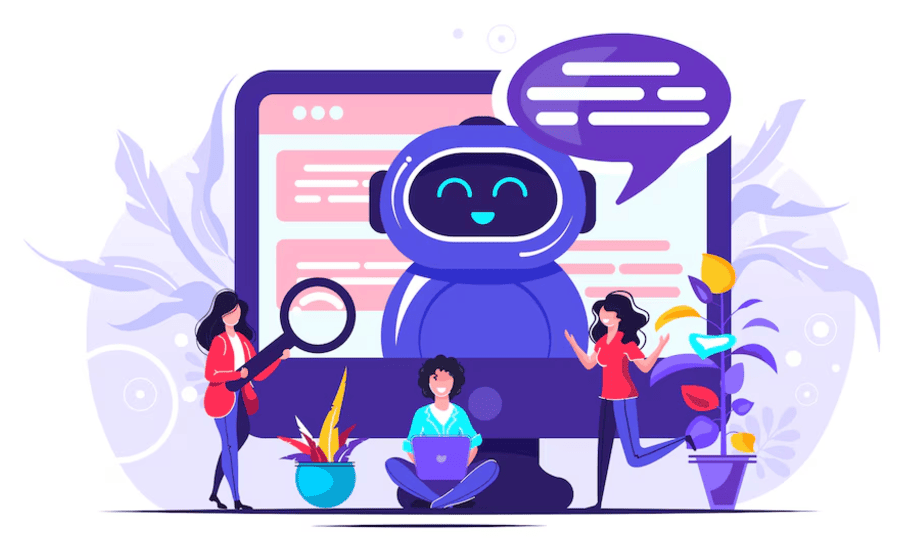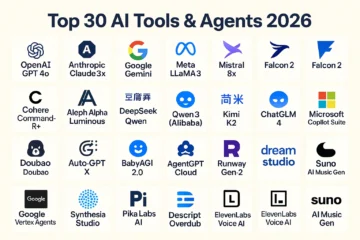
The Rise of Personal AI Assistants
The Rise of Personal AI Assistants
The concept of personal AI assistants has been around for decades, captivating our imagination with the promise of intelligent, intuitive, and personalized companions. From the fictional JARVIS in Iron Man to the more sinister Agent Smith in The Matrix, personal AI assistants have evolved significantly, transforming from science fiction to reality. In this blog, we will explore the rise of personal AI assistants, their features, and use cases, as well as compare some of the most popular AI assistants available today, including their pricing.
What are Personal AI Assistants?
Personal AI assistants are artificial intelligence-powered virtual assistants that can perform a wide range of tasks, from simple queries to complex tasks, using natural language processing (NLP) and machine learning algorithms. These assistants can learn and adapt to a user’s preferences, habits, and behavior, providing personalized recommendations, reminders, and alerts.
Features of Personal AI Assistants
Personal AI assistants typically offer a range of features, including:
- Natural Language Processing (NLP): Personal AI assistants use NLP to understand and interpret human language, allowing users to interact with them using voice or text commands.
- Machine Learning: Personal AI assistants use machine learning algorithms to learn and adapt to a user’s preferences, habits, and behavior.
- Task Automation: Personal AI assistants can automate tasks, such as scheduling appointments, sending emails, and making phone calls.
- Recommendations: Personal AI assistants can provide personalized recommendations, such as music, movies, and restaurants, based on a user’s preferences and behavior.
- Reminders and Alerts: Personal AI assistants can provide reminders and alerts, such as calendar events, weather updates, and news alerts.
Use Cases for Personal AI Assistants
Personal AI assistants have a wide range of use cases, including:
- Virtual Personal Assistants: Personal AI assistants can be used as virtual personal assistants, performing tasks such as scheduling appointments, sending emails, and making phone calls.
- Smart Home Automation: Personal AI assistants can be used to control and automate smart home devices, such as lights, thermostats, and security systems.
- Health and Fitness: Personal AI assistants can be used to track and monitor health and fitness metrics, such as exercise routines, sleep patterns, and nutrition.
- Education and Learning: Personal AI assistants can be used to provide personalized learning recommendations, such as educational resources, tutorials, and courses.
Comparison of Popular AI Assistants
Here is a comparison of some of the most popular AI assistants available today, including their pricing:
- Amazon Alexa:
- Supports over 10,000 skills
- Can control smart home devices
- Can play music and provide news updates
- Can provide personalized recommendations
- Pricing: Free (with Amazon Echo device), $3.99/month (Alexa Premium)
- Google Assistant:
- Supports over 10,000 actions
- Can control smart home devices
- Can provide personalized recommendations
- Can answer complex queries
- Pricing: Free (with Google Home device), $9.99/month (Google Assistant Premium)
- Apple Siri:
- Supports over 1,000 skills
- Can control smart home devices
- Can provide personalized recommendations
- Can answer complex queries
- Pricing: Free (with Apple devices), $9.99/month (Siri Premium)
- Microsoft Cortana:
- Supports over 1,000 skills
- Can control smart home devices
- Can provide personalized recommendations
- Can answer complex queries
- Pricing: Free (with Windows 10 devices), $9.99/month (Cortana Premium)
Detailed Features of Popular AI Assistants
Here are some detailed features of popular AI assistants:
- Amazon Alexa:
- Supports multi-room audio
- Can control smart home devices from multiple manufacturers
- Can provide personalized recommendations for music, movies, and restaurants
- Can answer complex queries using Wikipedia and other sources
- Google Assistant:
- Supports multi-language support
- Can control smart home devices from multiple manufacturers
- Can provide personalized recommendations for music, movies, and restaurants
- Can answer complex queries using Google’s knowledge graph
- Apple Siri:
- Supports multi-language support
- Can control smart home devices from multiple manufacturers
- Can provide personalized recommendations for music, movies, and restaurants
- Can answer complex queries using Apple’s knowledge graph
- Microsoft Cortana:
- Supports multi-language support
- Can control smart home devices from multiple manufacturers
- Can provide personalized recommendations for music, movies, and restaurants
- Can answer complex queries using Microsoft’s knowledge graph
The Future of Personal AI Assistants
The future of personal AI assistants is exciting and promising, with advancements in NLP, machine learning, and IoT (Internet of Things) technologies. As AI assistants continue to evolve, we can expect to see more sophisticated and personalized experiences, such as:
- Multi-Modal Interaction: Personal AI assistants will be able to interact with users using multiple modalities, such as voice, text, and gesture.
- Emotional Intelligence: Personal AI assistants will be able to understand and respond to a user’s emotions, providing more empathetic and personalized experiences.
- Context-Aware: Personal AI assistants will be able to understand and respond to a user’s context, providing more relevant and personalized recommendations.
Conclusion
Personal AI assistants have come a long way since the fictional JARVIS and Agent Smith. Today, we have a range of AI assistants that can perform a wide range of tasks, from simple queries to complex tasks. As AI assistants continue to evolve, we can expect to see more sophisticated and personalized experiences, transforming the way we interact with technology and each other.








